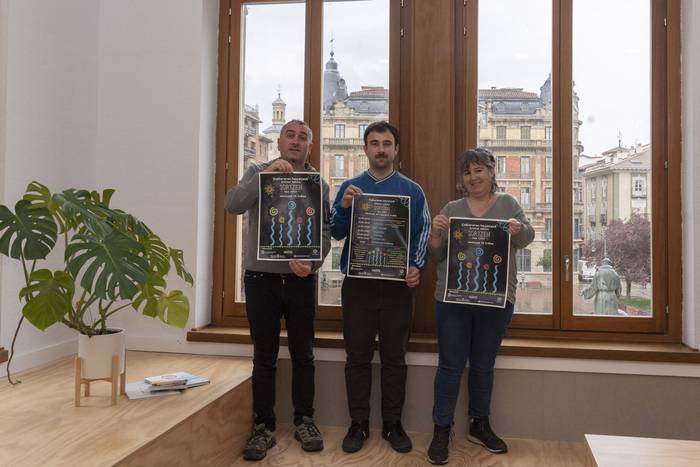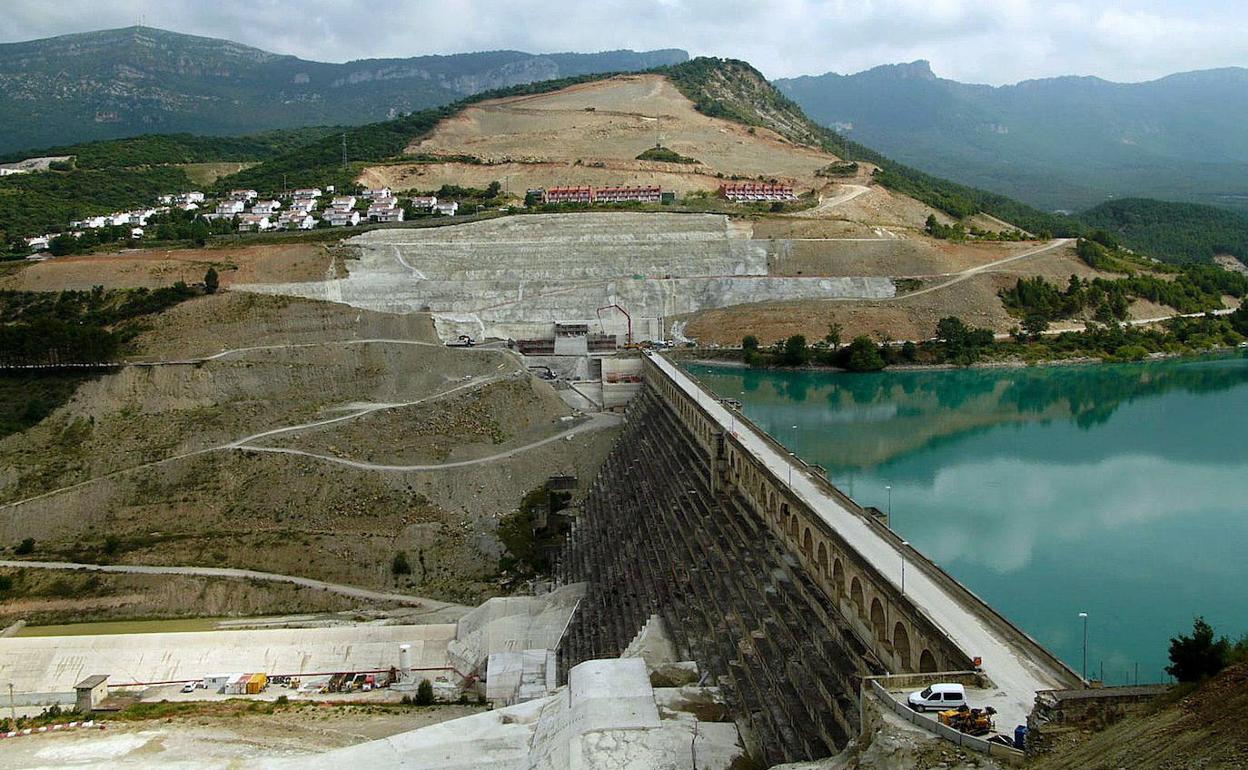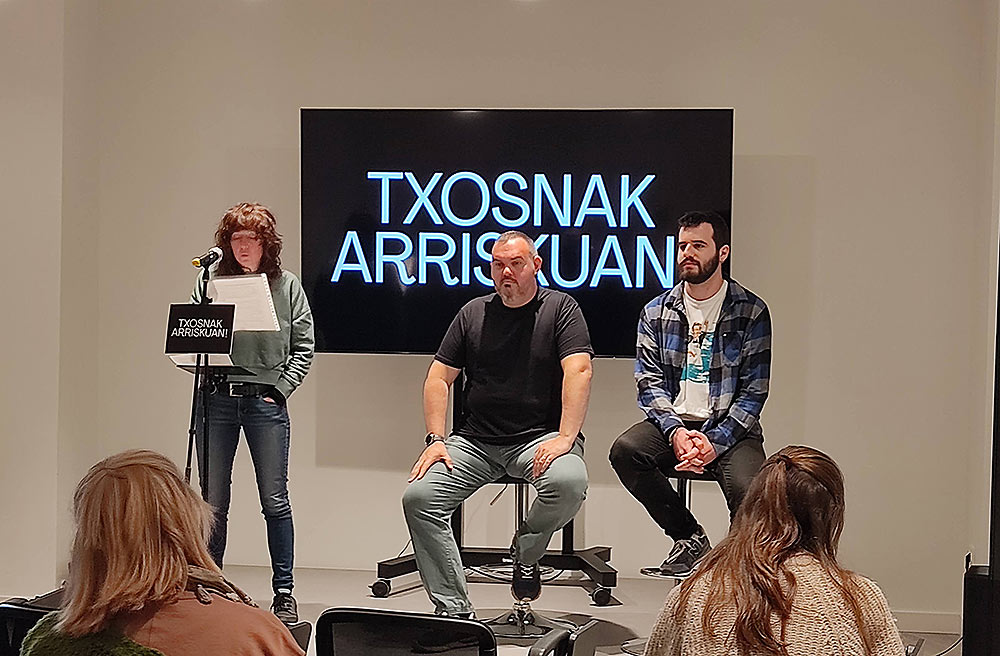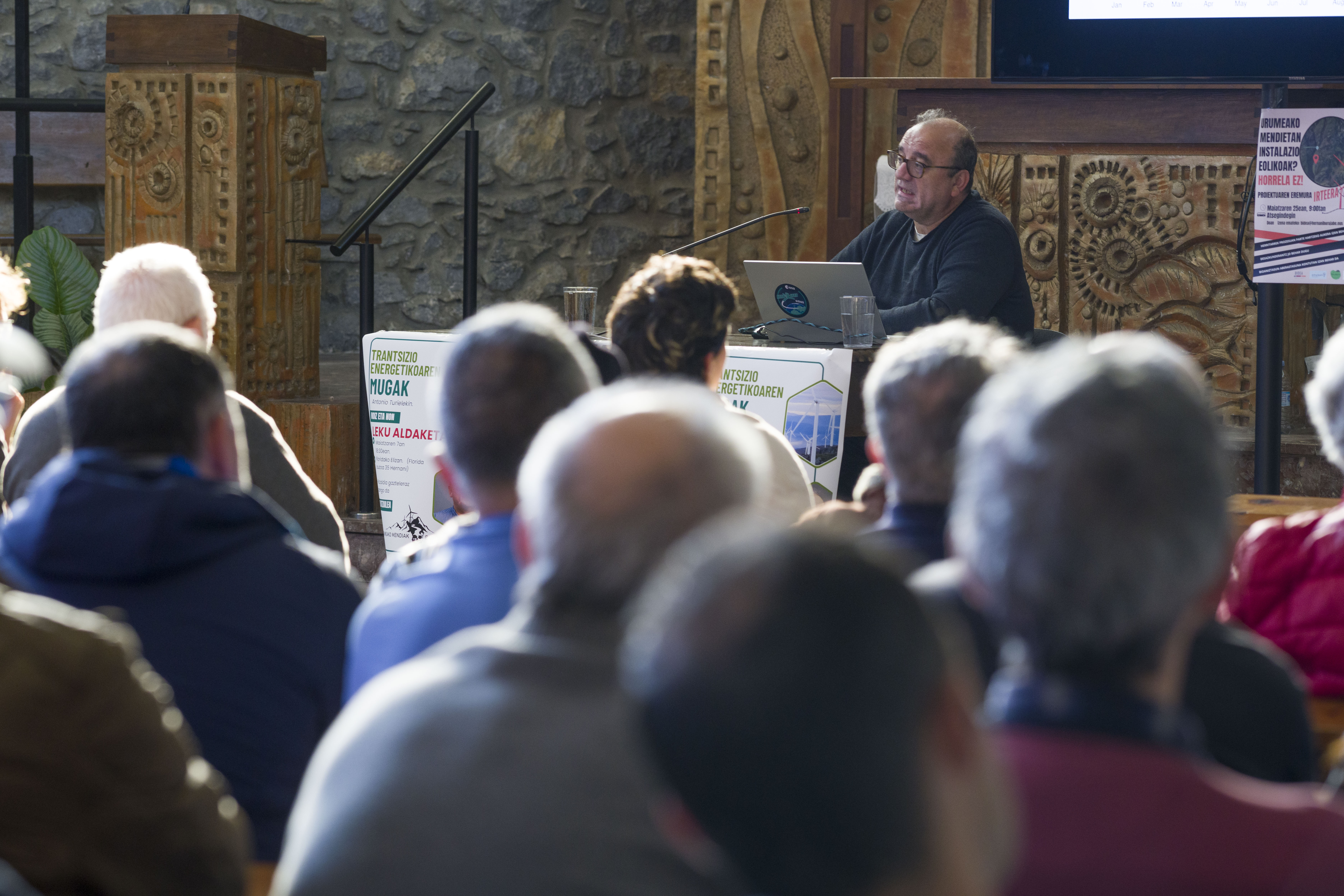Frankenstein: Emerging Dark Myths
- MARY SHELLEY:: Frankenstein Translation: Iñigo Errasti Susa, 2014
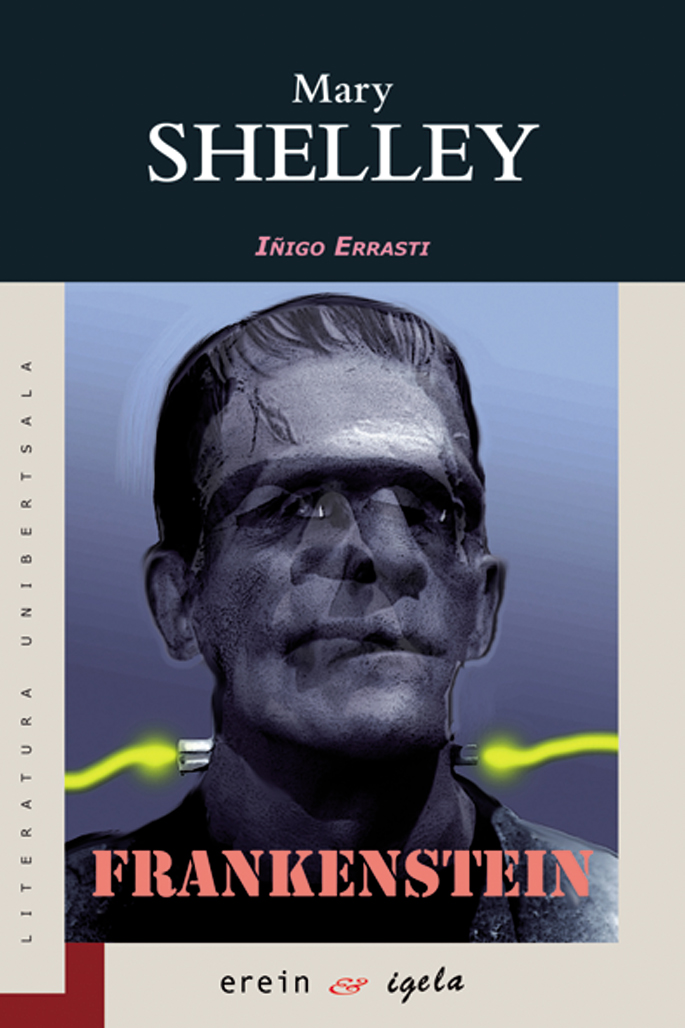
Boris Karloff gave the image of this terrible being through the film screens in 1935, facing the monster that spread so much in the 20th century, and they have taken the photo we all know for the cover of the book that was published last year in Euskera. A close-up appears in front of us, with two overlapping figures, looking at us with a direct look downwards and another, provoking some concern in the reader. In the same way, the electricity that gave him life crosses his neck wide from one side to the other.
But, as the translator Iñigo Errasti tells us, Frankenstein’s popularity has been given by plays and films, but it has its origin in a book written by Mary Shelley. It was based on the challenge between John Polido, Lord Byron, Percy Shelley and Mary Shelley: Who would write the best horror story? Mary Shelley started writing the job at the age of 18 and published it two years later. Four years later it premiered for the first time helping to create a myth that has come to this day.
Wanting to behave like gods and not worrying about what you've created are at the heart of this narrative. Ambition and ambition pushed him to feel the passion for creating a protagonist and clarifying the “mysteries of creation.” But once the project was achieved, he abandoned it and rejected it, which caused great misfortunes and pain for both. The subtitle is “Modern Prometheus,” a mythological creature that stole the fire from the gods, a much used image in the 19th century (Goethe, Byron, Shelley...), because with the help of electricity is the man who returns the body to life, the thief of the power of the gods.
This created being has no name in the novel, in the plays and in the movies that subsequently stole its creator: Victor Frankenstein. In the book he compares with Adam and Satan, and it is the fallen angel, the devil, the monster and the creature that appear in him to designate him. “I was kind and honored; misfortune has turned me into a devil.” Considered a Gothic, romantic, sci-fi novel, this terrible being reflects upon his loneliness and desires happiness, and by understanding that he cannot achieve it, he directs himself to his creator in search of justice or vengeance.
S. T. The ballad of Coleridge's old sailor and the references of Mary Wollstonecraft's A Vindication of the rights of woman, the author's mother, among other things, evoke the painful solitude of the unfortunate traveler, the weight and sacrifice of women's education and the emotional support of the housewife for the family. In this sense, it is very interesting to analyze this work from a feminist perspective, as a different proposal to address the issue of motherhood and “creation of life”. It is also a clear example of literary misogyny, although the author was famous in his day, which was left behind later, and because even today there are professors, critics and literary researchers who hide the name of Mary Shelley and who recognize others the merit and shadow of this contemporary myth.
If you are a reader, The Young Frankenstein or The Monster Family are the works you know about the Frankenstein myth, I invite you to know the original work, because if you like the horror stories that are told in the winter stake, you will be able to enjoy it and enjoy a pleasant surprise.
Andrea Velasko dietista eta nutrizionistak elikaduraren bidez menopausiak eragindako aldaketak kudeatzeko zenbait gako eman ditu.
BRN + Auzoko eta Sain mendi + Odei + Monsieur le crepe eta Muxker
Zer: Uzta jaia.
Noiz: maiatzaren 2an.
Non: Bilborock aretoan.
---------------------------------------------------------
Ereindako haziek ura, argia eta denbora behar dute ernaltzeko. Naturak berezko ditu... [+]
Antonio Turiel fisikari eta CSICeko ikerlariak aspaldiko urteetan ez bezala bete zuen Hernaniko Florida auzoko San Jose Langilearen eliza asteazkenean. Zientoka lagun elkartu ziren Urumeako Mendiak Bizirik taldeak antolatuta Trantsizio energetikoaren mugak izeneko bere hitzaldia... [+]













